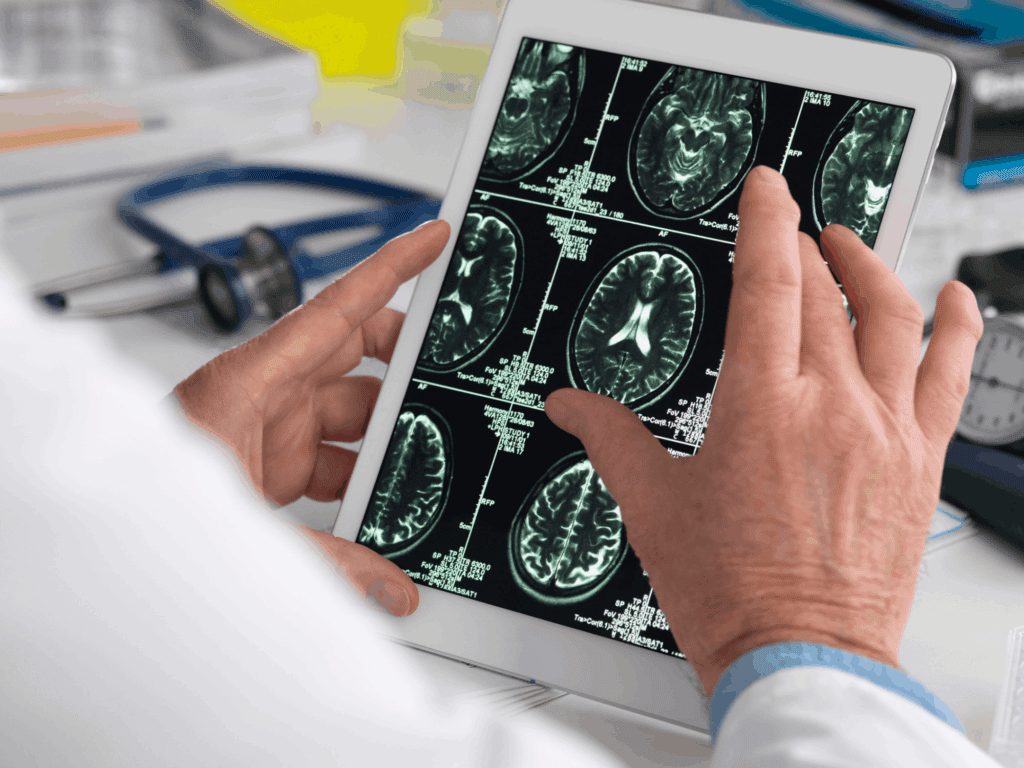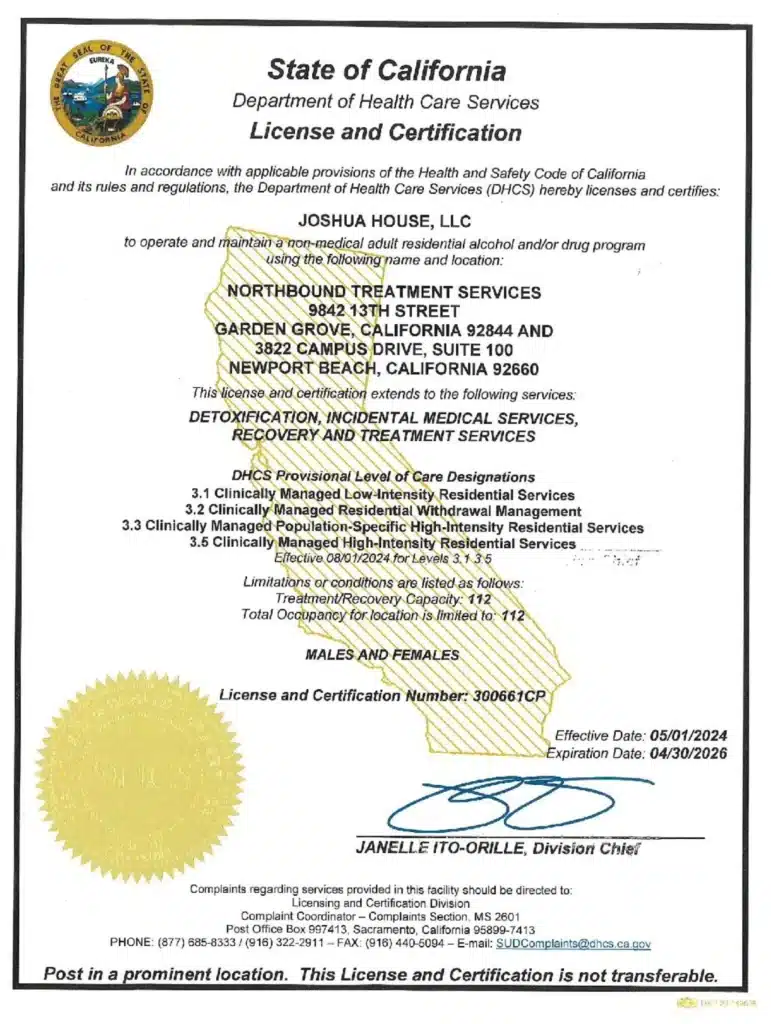It is commonly held that brain activities are tied to behaviors and thoughts and specific areas of the brain perform specific functions making processing of information more efficient. Assuming this theory is true, neuroimaging should be able to tell us a lot about the behavior of the addict or alcoholic, theoretically speaking and what works and doesn’t work in drug rehab. As I have mentioned in previous blogs, there is still a lot we do not know about the brain, but there is much we do know now thanks to cognitive neuropsychology. The more we learn about the different parts of our brain and how they influence behavior, the more we should be able to use neuroimaging to either determine behavior, or validate assumptions about behavior, for instance that a particular behavior is the result of a neurological malfunction. With drug addicts and alcoholics, often people want to see what kind of damage they have done to their brain. Often times it is the parents of the addict/alcoholic that thinks there is something physically wrong with them. Without a brain scan it is easy to tell a family that their son or daughter has the disease of alcoholism/addiction, but they often still want some medical proof. Brain scans are costly and there practical use is still questionable. It would be nice if we could measure the exact levels of neurotransmitters in the brain and determine whether someone is deficient in a particular neurotransmitter, lets say dopamine, and then give the person a pill that will raise their dopamine level to a proper level, but at this time no one has figured out how to do that. We are only able to indirectly measure neurochemical abnormalities.Scientists in the past started us down the road that has led us to neuroimaging. Wilder Penfield (1891–1976)before operating on patients, stimulated the brain with electrical probes while the patients were conscious on the operating table (under only local anesthesia), and observed their responses. He hypothesized, as many before him, that particular brain regions were responsible for particular behaviors. According to lecture, Penfield did this “to accurately target the areas of the brain responsible for a disorder and reduce the side-effects of the surgery” (Lecture Notes from class lecture on June 23, 2009). Since then science has come a long way in mapping the brain.
The entire field of cognitive psychology is devoted to the discovery of the brain’s functions. According to class lecture, cognitive neuropsychology researchers examine the behaviors and high level processes (attention, memory, language) of patients with unique brain damage in different contexts, or with different stimuli. In examining patients with brain damage cognitive psychologists have been able to determine what different parts of the brain do over the years. It began with Phineas Gage’s accident that resulted in profound behavioral changes. The behavioral changes noted by people in Gage’s personality ignited the field of cognitive psychology and without cognitive psychology there would not be neuroimaging. Neuroimaging depends on the developments of cognitive psychology.
While the field is still young and there are many more things to be discovered, it seems that neuroimaging is a possibility for the future of psychology. In my own work with addicts and alcoholics, I have been presented with many brain scans from clients and after learning about the brain’s functioning from my own education, I do actually find the reports informative and as helpful as an MMPI or WISK in helping me understand what is going on with the client and what damage may have occurred as a result of a client’s drug abuse. It helps me decide whether the client needs special neuropsychological attention and whether further neuropsychological testing would be helpful, or beneficial to the client. They also provide very colorful pictures to client’s parents and clients and their parents always like to see colorful pictures. Seriously speaking though, I continue to be skeptical of neuroimaging and its benefits to addiction treatment even after my research. Also one of the promising aspects of neuroimaging relates to the diagnosis and treatment of dual diagnosis disorders which is a speciality at NTS.
This article was originally written for a graduate class and revised for this blog by NTS Staff.
Author
-

President, CEO & Founder at Northbound Treatment Network
Paul Alexander is the CEO, President & Founder of Northbound Treatment Network in Newport Beach, California. He believes wholeheartedly in transformational leadership, organizational health and effective, fully integrated substance use disorder and mental health treatment. With over 27 years of experience in behavioral healthcare, Paul has extensive knowledge of “in vivo” treatment modalities, clinical development, operations, strategy, marketing and financial planning. He has been widely recognized for his development of collegiate-based residential treatment programs for students in recovery and authored a research study at The University of California confirming this modality’s effectiveness.
Paul’s comprehensive professional experience, willingness to innovate, and emphasis on organizational health are vital factors in Northbound’s continued success. Paul received his Certified Addiction Treatment Specialist training at Saddleback College in Mission Viejo, CA, and was awarded Outstanding Alumni Service Award in 2002. Paul holds a Bachelor of Arts degree in Criminology, Law and Society, Summa Cum Laude, from University of California, Irvine, and a Juris Doctorate degree from Loyola Law School of Los Angeles. Paul currently serves on The National Association of Addiction Treatment Providers (NAATP) board. In addition, he serves on The Family Recovery Foundation board and The CarePossible board in Orange County; both organizations are committed to raising funds for family recovery and treatment for former military personnel. Paul is in recovery himself and lives in Orange County with his wife Silvana and his two young sons, Noah and Dean.







